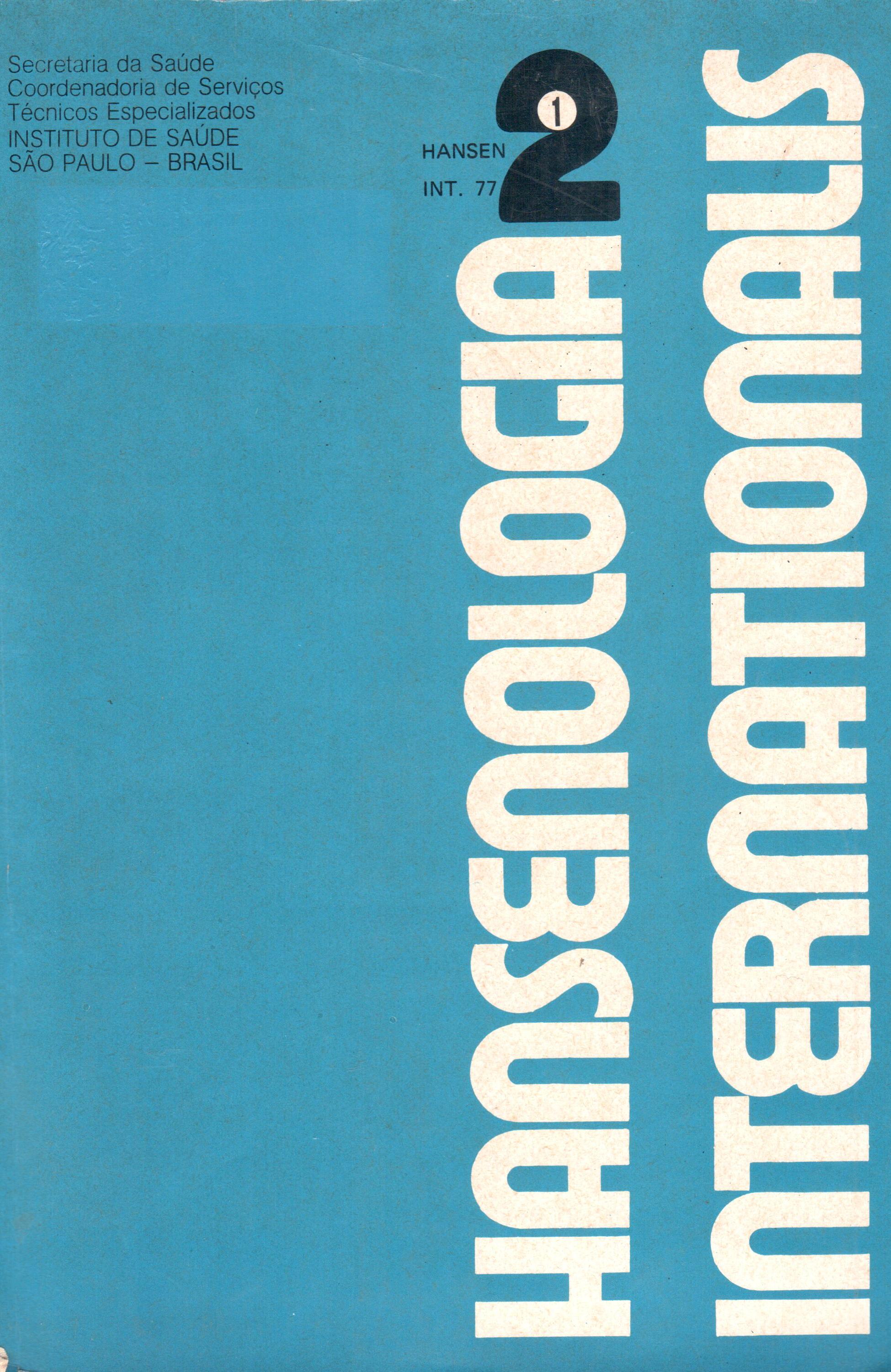Abstract
In 1975, 1853 diagnoses of hanseniasis have been made in the Health Units of the state of São Paulo, Brazil. The new patients are distributed according to clinical forms, birthplaces, Public Health Districts and Administrative Regions. The duration of the disease and the yield of the different methods of case finding are analyzed. Having in view the public health importance of the indifferentiated and Virchowian patients, the total numbers of "closed" cases and the percentages of I and V patients are given for each Public Health District. The indexes of general "incidence" in the state (0.07%) and in the estimated population of contacts (1.72%) emphasize the importance of the examination of contacts.
This journal is licensed under a Creative Commons Attribution 4.0 International License.
